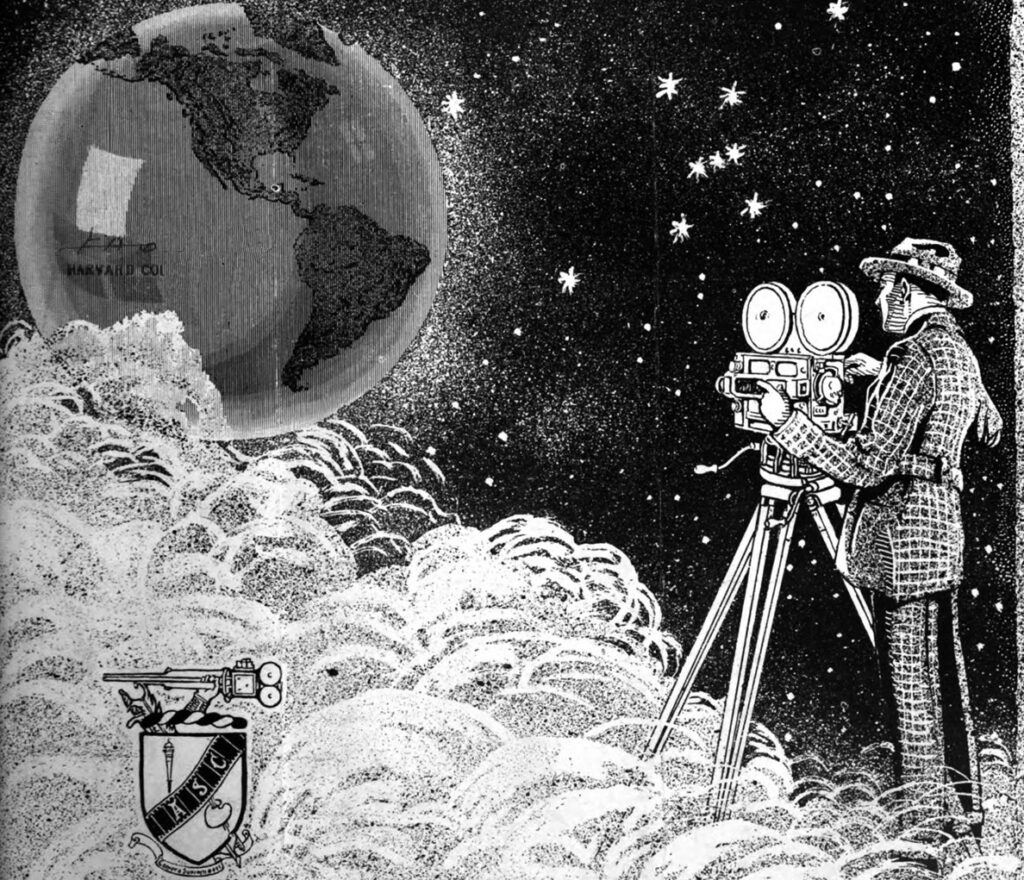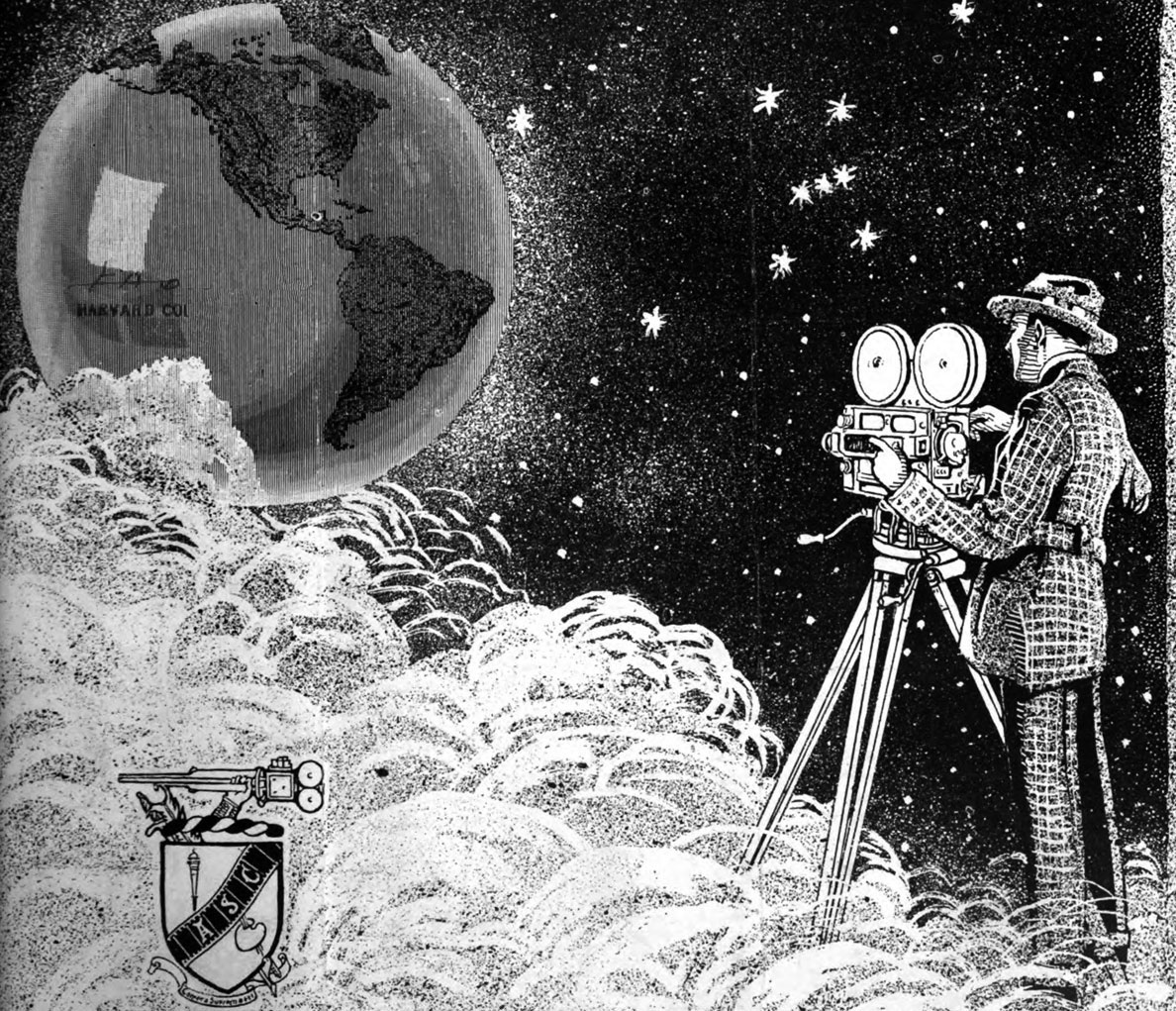What makes Silent Film its own medium, and not merely a genre of film, is its unique and specific messing with our expectations of reality. This was never planned or intended, but from the early 1910s onward the silence, the monochrome photography, and the speed-up we now refer to as “undercranking” were the backbone of what movies could do and get away with.
I’ve just spent a dozen posts going over the aesthetics of what I’ll just refer to as undercranking because I believe it’s at the core of why Silent Film still works for a contemporary audience. I’ve been fascinated with exploring the mechanics of it for the past ten years or so, and still have a bunch to learn. But equally important, if not more so, is the right-brain and the imagination-engagement part of what Silent Film does.
This is what I wrote about in my very first post, and which I’ve been covering in the 56 posts that followed. That there is a leaving-out of bits of reality in Silent Film that we as viewers and an audience use our right brain or our right-and-left-brain function to fill in and supply. It’s why watching a silent movie — especially in a theater with live music — can feel like you’re in a trance-like state.
Like hypnosis (I’m just assuming, as I’ve never tried it) or meditation or even a cat nap, you don’t necessarily feel the transition on the way in to that mental state beyond allowing yourself in the door toward it, but when it’s over you’re certainly more aware that you’re mind’s been somewhere else, in another state, that you’re coming up out of.
The level of the elisions of information, the flexibility to do so that people who made silent movies had, was even further amplified by the otherworldliness of the effects of performing for an undercranked motion picture camera. The faux natural motion created by performers and directors and other creatives reads like reality — as opposed to, merely, film running faster — but the adjusted movement plus speed-up allows us up and into what I have been referring to as the Silent Film universe.
More than just the silence and the black & white, the undercranking and the performance techniques that went with it is what allows our imagination to further and quite easily accept pretty much anything that is put on screen as the film’s reality. And this is what came crashing to earth with talking pictures. Because once reality is being photographed and played back in real time, grounded further by being able to hear dialogue and ambient sound, our expectation-of-reality must be honored, and not played with.
We’ll never know why no one in pictures in the 1910s and 1920s never talked about the speed-up and how it was compensated for and deliberately utilized. Perhaps it was because of the ridicule silents received almost immediately when talking pictures arrived and took over. Perhaps it was so matter-of-fact and commonplace no one thought of it as special and worth of making sure everyone knew about when they were interviewed.

But from everything I’ve observed, researched, and played with in trying to replicate the effect, I have to believe this was an essential part of the filmmaking language in Silent Film. And because it reads just fine and is as easily decoded when the film is run faster as sound film is in real-time, we’ve never noticed it. But it is revelatory. And it is the third filmmaking element in the aesthetics trifecta of what Silent Film is, and what makes up that near dreamlike universe of silent movies.
From the antics of 1912-15 Keystone up through the visual-storytelling poetry of late silents like Sunrise (1927), and everything in-between — Keaton’s films, Soviet cinema, German expressionism, and on and on — audiences of the time and of today are lifted up into that universe. Regardless of being part of a particular culture or era, Silent Film still works.
I’ll move on to discussing silent movies made after the takeover of synch-sound filmmaking in the next clump of posts, as well as some thoughts on making new Silent Film now.
A brief P.S. to my observations about cranking speeds – and that is about the use of “over-cranking” or slow motion. I’ve been asked about this in Q&A’s and thought I’d drop this in here. I’ve seen this used in two ways.
One is to indicate inadvertent drunkenness. Someone or some horse (or a pig, as in Sunrise) has accidentally lapped up alcohol, and then we cut to slo-mo footage of the animal in motion. I get this…how else can you get a dog or a child to simulate tipsy behavior?
The other place I’ve seen over-cranking, and it’s the one I’ve seen used most often, is in overhead shots of someone – usually a bathing beauty – diving into the ocean. But only in overhead shots of diving. Dives photographed straight-on are usually taken at the usual frame rate.
The first post in this series is here.
The previous post (#56) to this one is here.
The next post (#58) is here.

An over-crank I’ve always found interesting is in “All Night Long” after Harry is kissed, falls out the window, attempts to get off the ground and gropes to find the door back into the house. I suppose this could be considered an over-crank for the effect of drunkenness as Harry has been “intoxicated” by the kiss and the impact of toppling backward out the window.